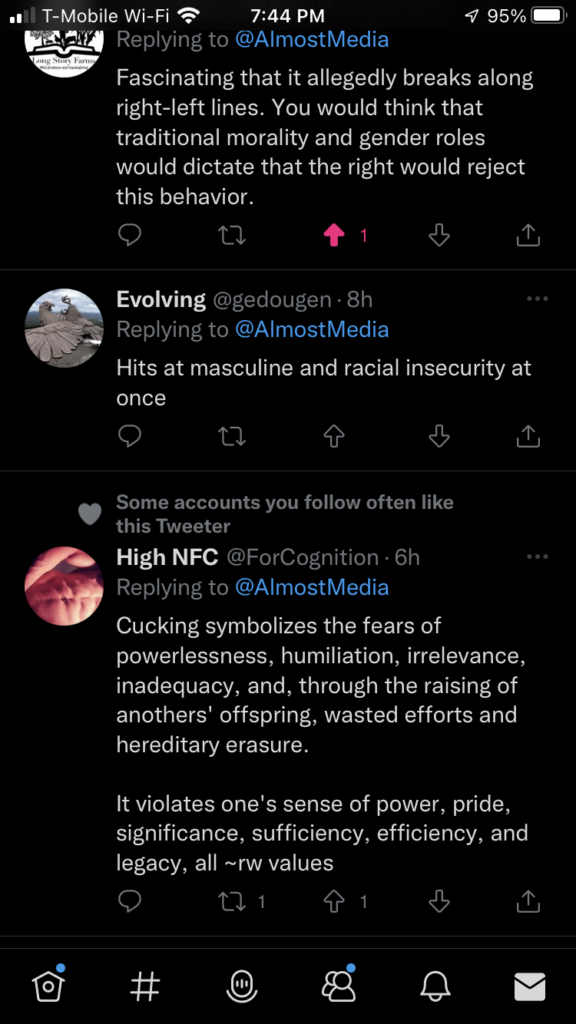If my brain is a sponge I think I’ve been sopping up more than I am designed to handle. But I am holding on and facing a lot of new information and acting on it quickly.
I’m at a wilderness medical first responder class. And I’m the odd duck out on the class. Everyone else is living with much harder realities than I do. They are the ones that fight our wars. Provide our security. Fight our fires. They keep up with where our most vulnerable live. It’s an on the margin make your best call world.
My body can feel that this reality is very different from what I live with and on different class and wealth bands. People that are more buffered from harsh realities often don’t want to face the costs of our lifestyles. But we are not in a morally neutral systems. And a lot of violence still happens on the margins.
I feel somewhat invigorated by the immediacy of decision making in these chaotic environments. If you are in a natural disaster like a wildfire your capacity to react calmly under extreme conditions is a given. So naturally we arm these people with more agency and skills as it’s a set of problems with a lot of nuance and grey areas too.
I am frankly exhausted even though I didn’t do anything that intense. I did some traumatic brain injury drills. And I worked on how to properly stint and secure broken bones if you are in the back country and need to hobble back in to society. I learned a lot about agency and context and the need for high emotional intelligence as you cope with those who are in need or duress.
I suppose with that in mind, it’s no surprise that I’d like to enjoy a good long night of sleep and a big breakfast in the morning. One has got to enjoy living when you have the chance.




